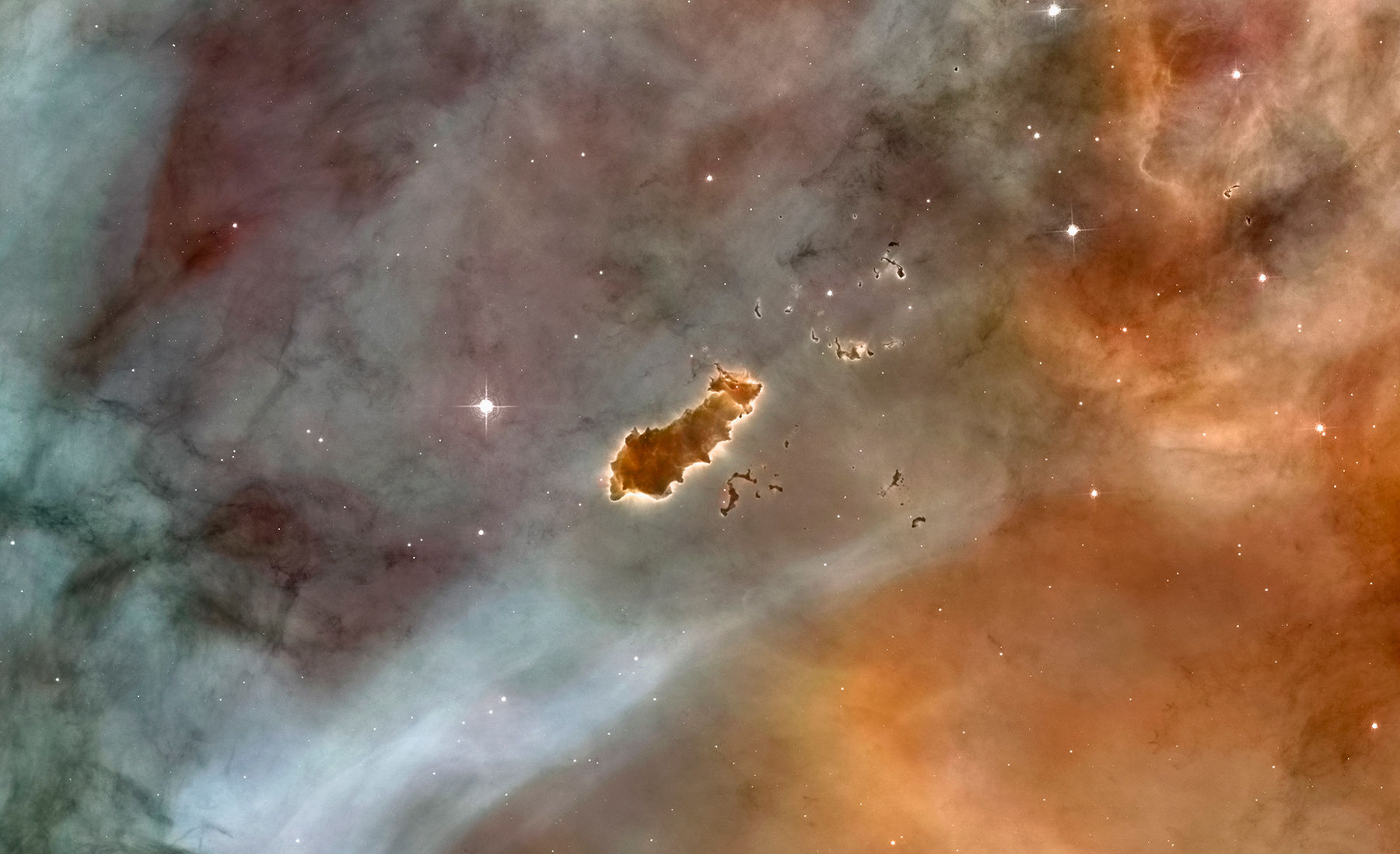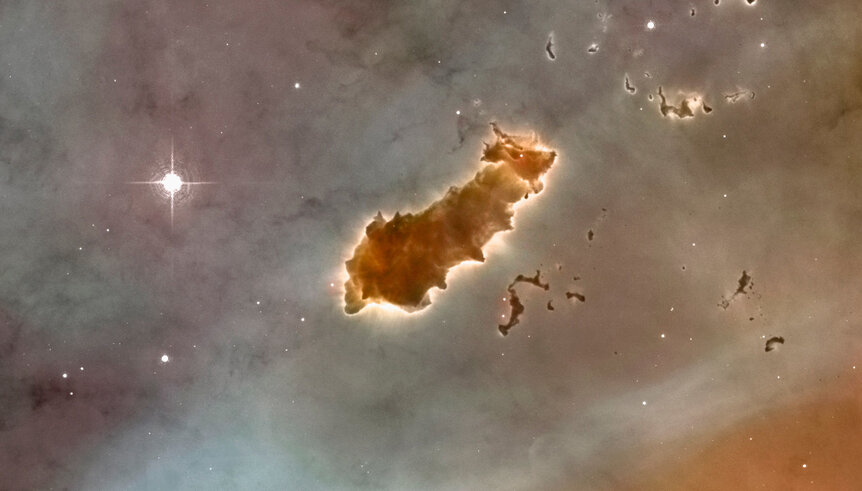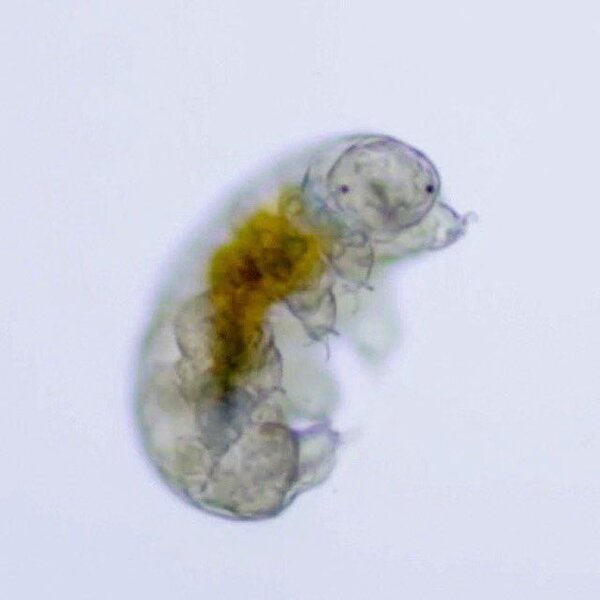Create a free profile to get unlimited access to exclusive videos, sweepstakes, and more!
Happy Halloween, from a giant space tardigrade!

Today is Halloween, a traditionally favorite nerd holiday. Boo!
In the past I've posted images of many a spooky astronomical object on this day, but today I have one that is both eerie and cute, terrifying and lovable.
What could fit this bill but a giant cosmic tardigrade?
OOoooooo, cute and eerie. Told you.
Yeah, but what is it? Well, I'm sad to say it’s not a trillion kilometer long radioactively glowing water bear. It's a Bok globule!
These are dense, cold clouds of gas and dust in space. We call them molecular clouds because some molecules have been detected in them, like H2 (a molecule made up of two hydrogen atoms) and CO (carbon monoxide). Sometimes these get very, very large, in which case we call them Giant Molecular Clouds — to give you an idea of the size of those, the famous Orion Nebula is a dozen light years across, and it's one small part of the ginormous Orion Molecular Cloud. These clouds are so big they can have thousands of stars forming inside them.
But not all of them are huge. Some are wee. Sometimes they're just called molecular clouds, but an older term is Bok globule, after astronomer Bart Bok who catalogued quite a few of them. My favorite is Barnard 86, which I describe in an article about Star Trek, of all things (scroll down a bit in that linked article to see it). These are compact, generally a few light years across at most, and quite cold, with temperatures just a few degrees above absolute zero.
The image above is part of a much (much, much) larger image of the vast Carina Nebula taken by Hubble in 2007. This huge gas cloud is loaded with gas, dust, stars forming, stars dying… it's the big daddy soap opera of all nebulae. If you look at the full-size image (beware, it's a 200 MB JPG, and a massive 29,566 × 14,321 pixels in size) you'll see the Space Tardigrade in the middle, and lots of littler blobs around it. These are also knots of dense gas. A lot of very massive, very hot stars are getting their game on in the nebula, and are so luminous they blast the surrounding environment with ultraviolet light. This light eats away at the denser knots, eroding them.
Over time, bigger knots form long fingers, towers pointing right at the hot stars. They've eroded like sandbars in fast water, getting a long, hydrodynamic shape to them. Look around the image and you'll find them (including one that's, um, more like a finger than you'd expect). They commonly have stars forming inside them, too.
And that's what our tardigrade friend is. It's a dense clot of gas and dust, and the edges are luminous because that’s where the bright stars are zapping it. The smaller ones all around it aren't long for this Universe; they're almost fully eroded. The tardigrade is bigger and will last longer, but that is likely its fate as well. In fact I wonder if they were all once part of one cloud, and what we see is all that’s left of it, the denser parts surviving the longest.
But that's poetic, isn't it? After all, tardigrades are known to be tough little beasties, able to survive radiation that would be lethal to us, and can even survive in space (for a time).
And to be honest, I wrestled with using this as a creepy Halloween picture in the first place. If you watch Star Trek Discovery, then yeah, tardigrades can be scary… when they're three meters long and carnivorous.
But c'mon, in real life they look like this:
That's definitely more treat than trick. Happy Halloween!





























